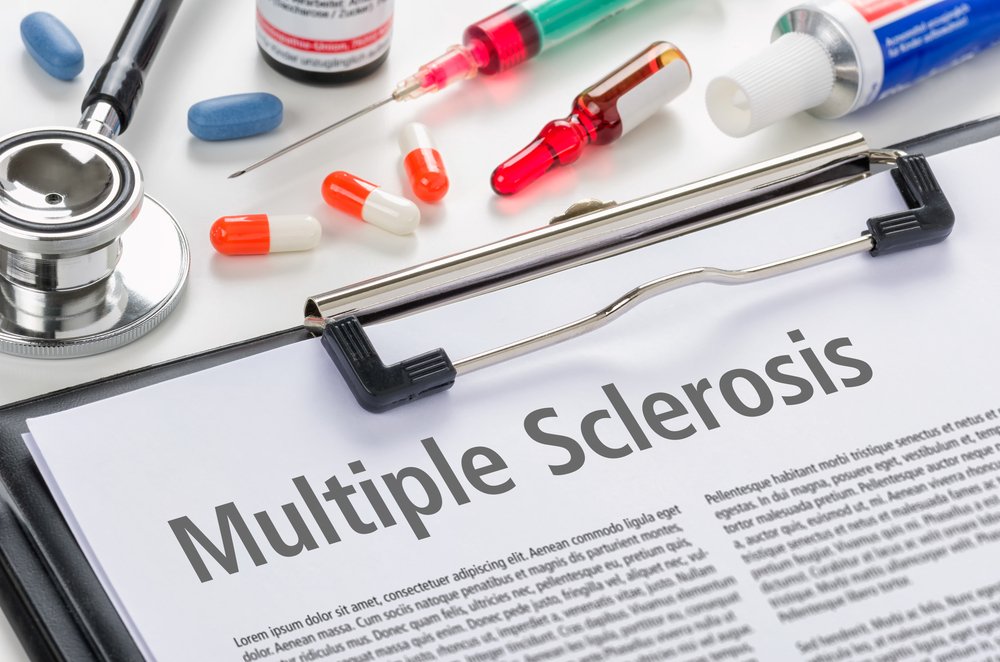SPMS Patients Have Higher Illness Burden than RRMS Patients, Kantar Health Study Shows
Written by |

Patients with secondary progressive multiple sclerosis (SPMS) have a higher burden of illness than patients with relapsing-remitting multiple sclerosis, a new study showed.
The study, “Characteristics, burden of illness, and physical functioning of patients with relapsing-remitting and secondary progressive multiple sclerosis: a cross-sectional US survey,” appeared in the journal Neuropsychiatric Disease and Treatment.
Most multiple sclerosis (MS) patients experience RRMS, a form of the disease characterized by relapses and remission of symptoms. A subset of MS patients have another form of the disease — primary progressive MS (PPMS), which is when the illness progresses continuously without any remission. Patients who initially have RRMS followed by a progressive phase are diagnosed with SPMS.
The progression from RRMS to SPMS is fairly common in the absence of treatment. In fact, SPMS occurs in half of all RRMS patients within 10 years, and in up to 90 percent of patients within 25 years. While drugs may help stall the process, no one has studied this in depth.
Patients with SPMS have a poorer prognosis, since SPMS is associated with severe and irreversible disability. Even so, more studies have investigated RRMS than SPMS, limiting knowledge about the burden of illness and demographic data regarding SPMS patients.
Furthermore, while therapeutic options for RRMS patients have increased over the years, they have not for SPMS patients — leading researchers at New York-based Kantar Health to undertake a study to determine the characteristics of people with SPMS and their burden of illness relative to RRMS.
They used patient responses from the 2012 and 2013 U.S. National Health and Wellness Survey to determine differences in severity of disease, symptoms, healthcare resources, use of disease-modifying drugs and demographics between SPMS and RRMS patients. They also analyzed a 36-question form about work productivity and activity impairment.
SPMS patients were older (55.7 years old on average) than RRMS patients (48.9 years), results showed. Furthermore, a higher ratio of SPMS patients were likely to be males (43.8 percent) than RRMS patients (28.4 percent). In addition, 20 percent of SPMS patients were employed, versus 39.7 percent of RRMS patients.
SPMS patients also described their disease as more severe, and reported neurological symptoms more frequently. They also had higher hospitalization rates than RRMS patients, used disease-modifying drugs less frequently, and suffered higher activity impairment than their counterparts with RRMS. Physical functioning in general was lower in SPMS patients than in RRMS patients.
Taken together, this study’s results show that SPMS patients have a greater burden of illness, worse disease severity, more neurological symptoms, a higher hospitalization rate, greater work and activity impairment and significantly worse physical functioning than RRMS patients. This underscores the importance of treating RRMS patients early before their disability progresses.





